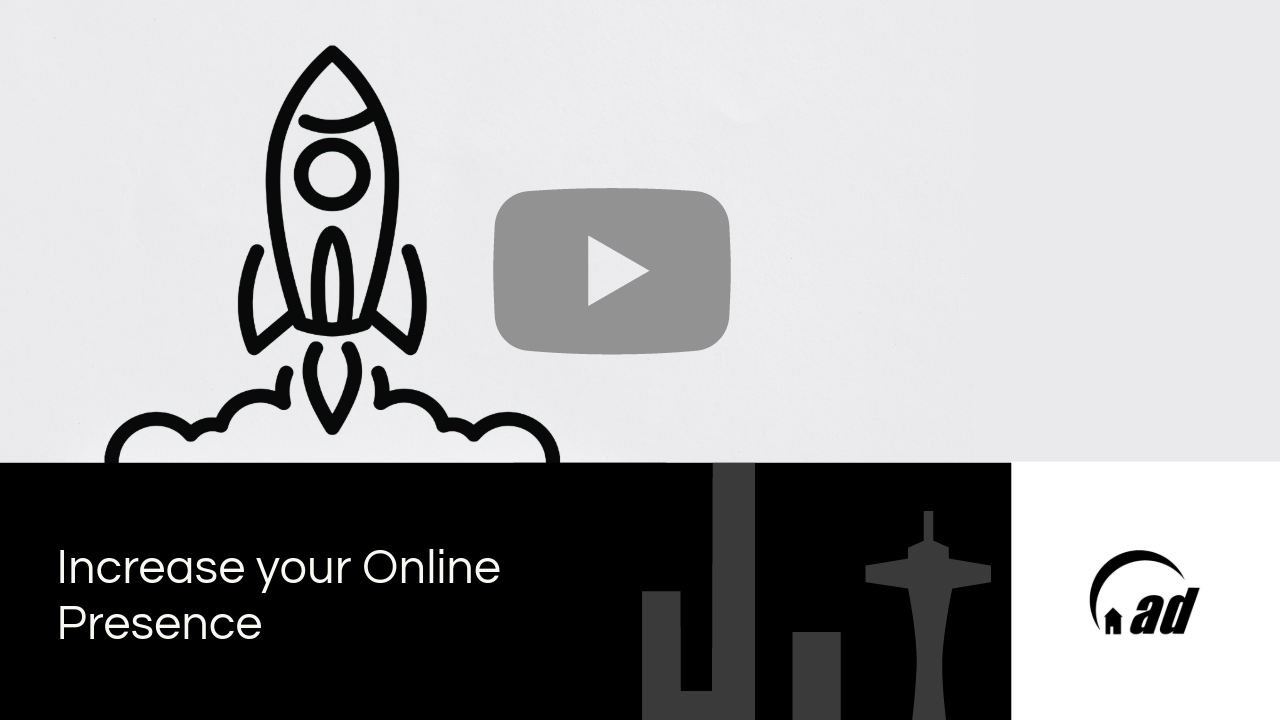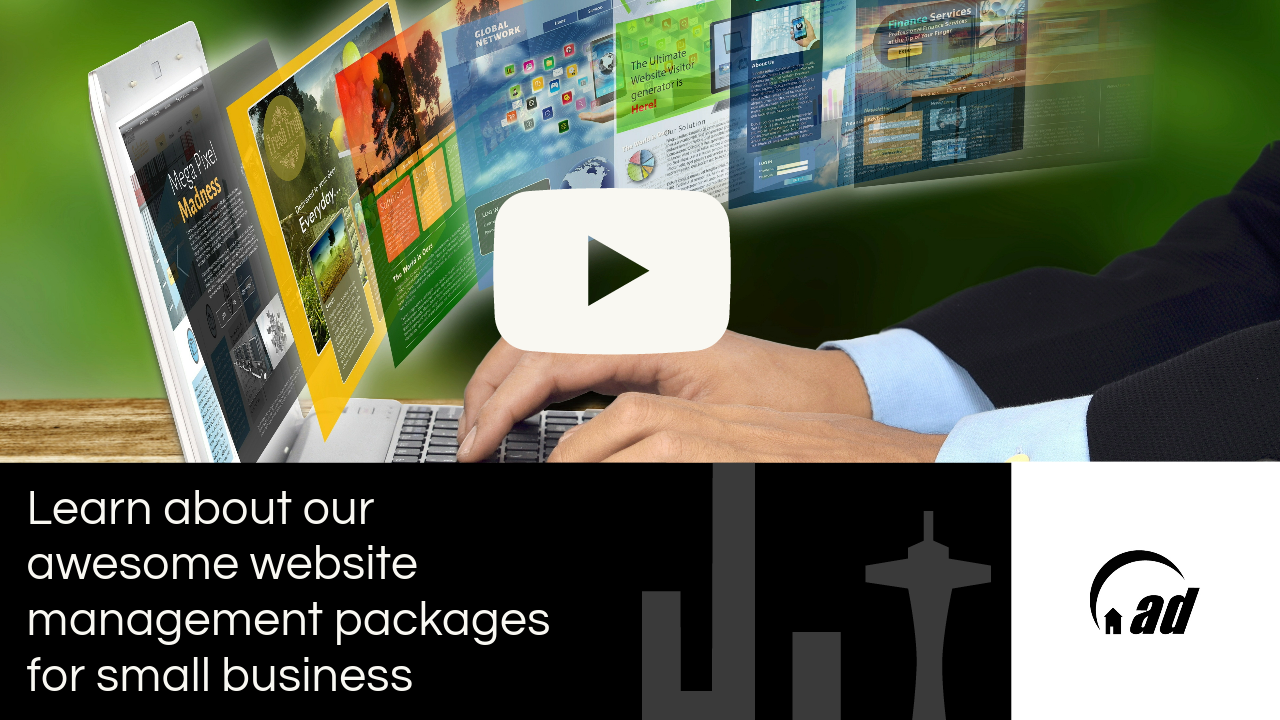The Importance of Branding And Web Design for Small Business
Small businesses have a unique set of needs regarding their branding and web design. It's essential not only to create an eye-catching, professional online presence but to do this while staying within the confines of limited resources such as time and budget. So, how do small business owners create a compelling brand and web design to help them stand out from the competition?
Let us explore tips for balancing looking good and keeping costs manageable when designing your website and branding materials for your business.
Why Do Small Businesses Need A Compelling Brand And Web Design?
A strong brand and well-designed website will provide customers with professional visibility - indicating a level of trustworthiness that can draw people into your sales funnel.
A business's brand is a reflection of its personality and image. It's the first thing potential clients or customers see when visiting your website or company's storefront. If your brand doesn't match your business's personality or is inconsistent, you'll lose customers before they even get a chance to say hello. And if you don't have a professional web design, you're missing out on one of the most important aspects of a successful business. So, what is a good web design?
A good site will make your potential customer's life easy. It should highlight products or services and quickly direct them on how to purchase those products and services. You will also be able to convey the correct message and professionalism to inspire current customers to spread the word about your business's solutions.
A website is one of the most used marketing tools for small businesses. It's the first thing people will see when they visit your website. It can be a great way to introduce your business to potential customers. Below are some significant aspects to look at when building a website.
- Make it memorable: If your website isn't unique, it will not attract new customers. You want to ensure you've got a catchy logo and that your website is visually appealing. You'll also want to ensure that the content is easy to read and navigate.
- Keep it simple: It's not about complicating your website. You don't want to have too many features on your website. Fewer features ensure you've got the right balance so people can quickly find what they need.
- Get feedback: Once you've made your website, it's time to get feedback. You'll want to ensure it's easy to navigate and looks good. You can also ask other people for feedback.
- Promote it: You'll want to ensure you're promoting your website on social media and other popular websites.
- Keep it updated: People love new information about what your brand is doing or has to offer. That is why new content added to the website monthly is essential.
- Have a plan: A plan of what you want users to do on your website is key to creating a simple but effective website.
How To Create A Solid Brand That Stands Out?
Creating a successful and memorable brand takes a lot of work. Still, with some imagination, research, and effort, small business owners can develop a unique brand that sets them apart from the competition.
One of the best ways to impact is through solid visual imagery and branding that matches the business's solutions. For example, if your business cuts trees down. Your logo should have a well-designed and easily recognizable reference to trees. But continue there; be sure to use consistent fonts and colors on all your business's communication platforms, like your website, to create an identity that customers will find familiar and compatible.
There are many global brands; luckily, people continue to choose their local businesses over foreign ones. So how can your brand stand out in your community? The answer is easy, research your customers to find what they value. Are they hikers? Hikers love the outdoors, so it would be a good idea to sponsor an event or make an annual donation to a non-profit company that supports the environment. For instance, you could quickly join the many businesses that contribute 1% of their gross revenue to an organization called 1% For The Planet.
Tips For Designing Your Website On A Budget
Even on a tight budget, there are many ways to create a fantastic website without breaking the bank. Start by researching free online templates that are both visually pleasing and user-friendly. Many of these come with essential customization tools to customize colors, fonts, and layouts.
You can turn to online tutorials for help with various design tools such as HTML and CSS. Many resources are available online, many of them free, to help you learn the basics.
You can frequently test your website on desktop computers and mobile devices to see if there are any potential flaws before they become a problem. Remember that the goal is to provide the best user experience possible, ensuring your website looks great and functions properly.
Branding and web design for small businesses is the key to creating an online impact. With creativity, hard work, and a little planning, small businesses can build a successful web presence without going beyond their budget.
In Conclusion
I hope you've learned some great tips and tricks to create a successful business brand and website. I know it can be hard at first, but the sooner you start building your empire, the better. I've been there, and I know what it takes to succeed. Remember that you must work hard, be persistent, and stay focused on your goals. You can do it, and Allshouse Designs can help with your website.
Share
Tips & Updates








